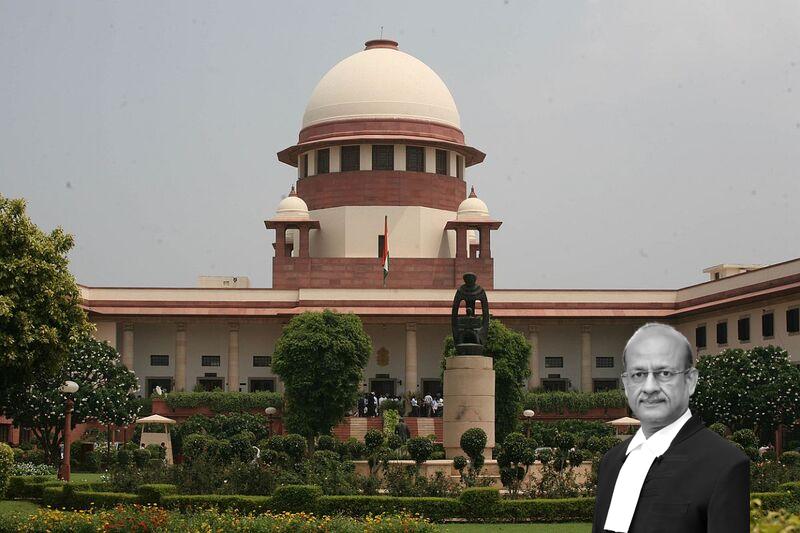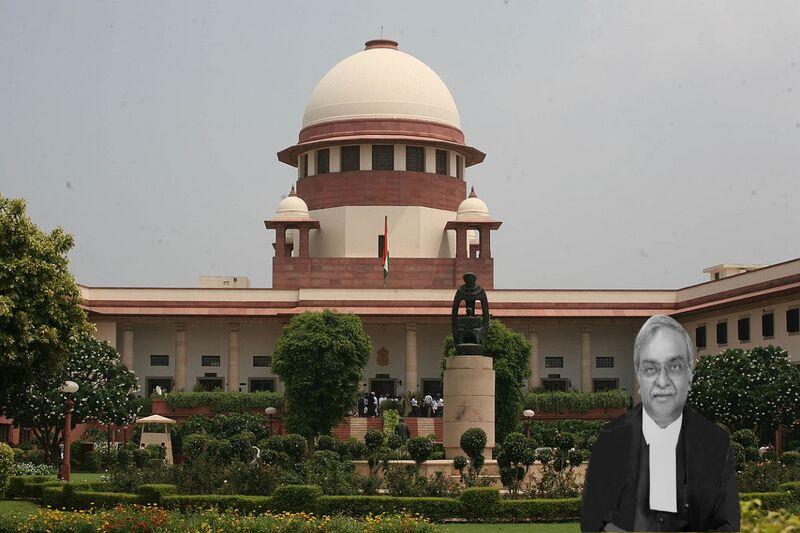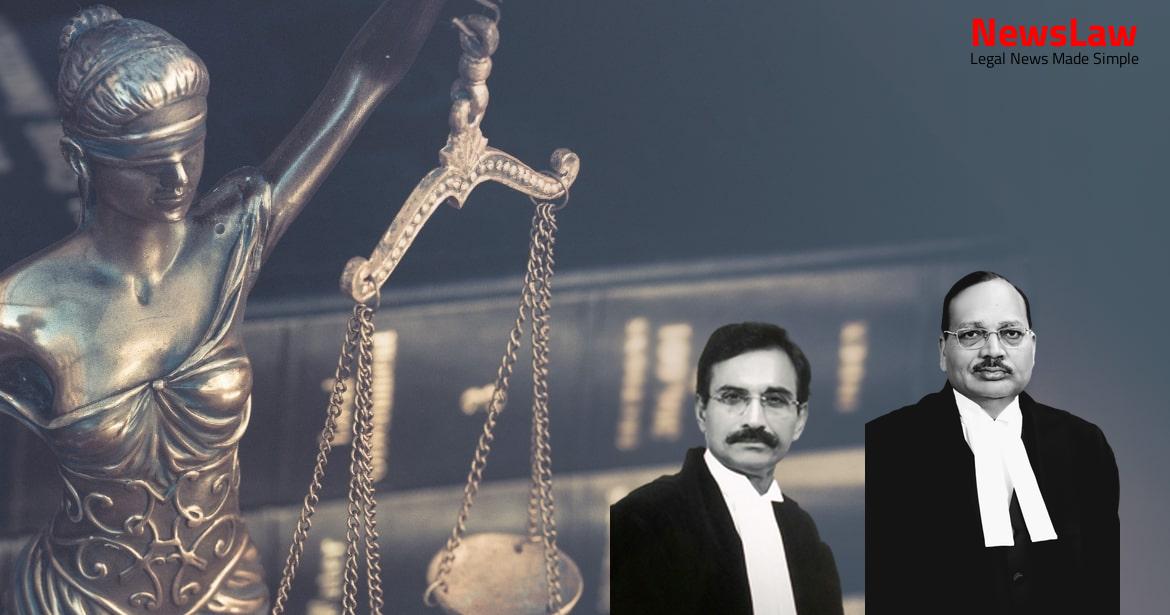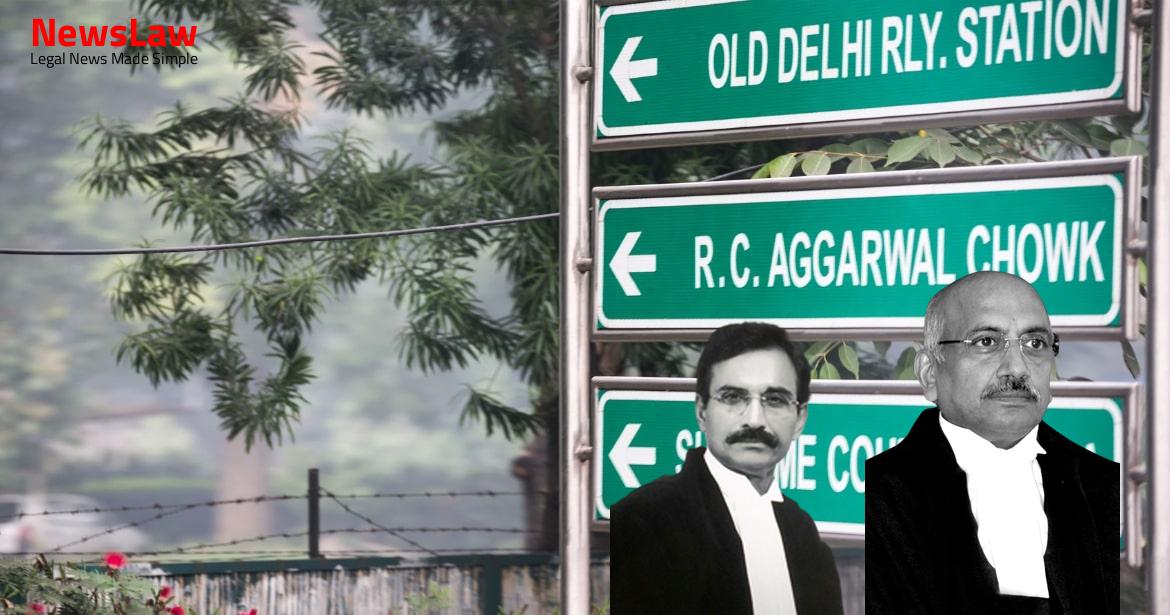243 and 260 of 2005, whereby, the High Court upheld the judgment and order dated 30 March 2005, passed by the 1 Additional Sessions Judge, Shivpuri (Madhya Pradesh) (hereinafter referred to as the “trial court”) in 2 Sessions Trial No 09/2002, convicting the appellants and sentencing them to imprisonment for life for the offences punishable under Section 302 read with Section 149 of the Indian Penal Code, 1860 (hereinafter referred to as “IPC”), to undergo rigorous imprisonment for seven years for the offence punishable under Section 326 read with Section 149 of IPC, to undergo rigorous imprisonment for six months for the offence punishable under Section 324 read with Section 149 of IPC, to undergo rigorous imprisonment for three months for the offence punishable under Section 323 read with Section 149 of IPC, and to undergo rigorous imprisonment for three months for the offence punishable under Section 148 of IPC. Thereafter, appellant Jalim Singh, Ram Sewak @ Sewak, Ram Lakhan @ Lakhan, Ramrup @ 3 Roopa, Ram Sahai, Parshuram (appellant in Criminal Appeal No. 3.2 It is further the prosecution case that on 6 October 2001 at 09.15 am, when Chironji (PW-6), Madan (deceased), Raghuveer, Patiram (PW-13), Leelabai (died natural death during pendency of trial), Ramhet (PW-12), Gyani (PW-14) and Kailash (PW-15), from the complainant party were going on a tractor to the Police Station to lodge the complaint, the accused persons, armed with lethal weapons like barchi, sword, spear, lathi and country-made bomb (hathgola), waylaid them to cause injuries to them.
The accused persons were arrested, and after completion of investigation, the chargesheet was filed in the Court of Judicial Magistrate 1 Class, Section Kolaras. Vide judgment dated 30 March 2005, the trial court held, that the evidence adduced by the prosecution proved that the accused persons Parshuram, Ram Sahai, Mangal Singh, Ram Lakhan, Ramrup @ Roopa, Ram Sewak @ Sewak and Jalim Singh, formed an unlawful assembly on the date of the incident and thereafter they grievously assaulted the complainant and his family members, thereby killing one of them in furtherance of the common intention of their unlawful assembly.
Aggrieved by the judgment of the trial court, the accused persons (Parshuram & Others), preferred Criminal Appeal No 243 of 2005, and accused Jalim Singh preferred Criminal Appeal No 260 of 2005 before the High Court.
Also Read: https://newslaw.in/supreme-court/supreme-court-upholds-justice-in-double-murder-case/
The learned counsel submitted that the role attributed to the present appellant Parshuram was only holding the lathi and as such, no injuries which had caused the death of the deceased, can be attributed to the appellant Parshuram. Shri Singh, on the contrary, submitted that both the trial court and the High Court have concurrently found that the prosecution has proved its case beyond reasonable doubt. He stated that, after the accused persons assaulted Madan, Lila (sic Leelabai) and Kamlesh (sic Kailash), when they were going on a tractor to the Police Station for lodging the complaint, they were waylaid by Mangal, Roopa, Sewak, Ram Sahai, Parshuram, Lakhan, Jalim, Diwan and Siya and 4-5 other persons. The size of ripped lung was 1″ X 2″ X 2″; Injury no.2: Peeled wound 4″ X l” in the center of the back; and Injury no.3: Peeled wound 12” X l/2″ on left arm.”
What has to be proved against a person who is alleged to be a member of an unlawful assembly is that he was one of the persons constituting the assembly and he entertained along with the other members of the assembly the common object as defined by Section 141 IPC. In fact, Section 149 makes it clear that if an offence is committed by any member of an unlawful assembly in prosecution of the common object of that assembly, or such as the members of that assembly knew to be likely to be committed in prosecution of that object, every person who, at the time of the committing of that offence, is a member of the same assembly, is guilty of that offence; and that emphatically brings out the principle that the punishment prescribed by Section 149 is in a sense vicarious and does not always proceed on the basis 12 that the offence has been actually committed by every member of the unlawful assembly……..” 14.
As provided under Section 142 of IPC, whoever, being aware of facts which render any assembly an unlawful assembly, intentionally joins that assembly, or continues in it, is said to be a member of an unlawful assembly.
The defence taken by the appellants and the other accused persons was that in fact the accused persons had first lodged the complaint with regard to the attack made by the complainant party. The injuries suffered by accused Ram Sewak @ Sewak are thus: (i) Incised wound 7 cm X 1 cm on the deep bone on the front of the forehead; (ii) Torn wound 3 cm X 1 cm was skin deep at the back and right side of the head.
Case Title: PARSHURAM Vs. STATE OF M.P.
Case Number: Crl.A. No.-000524-000524 / 2021



